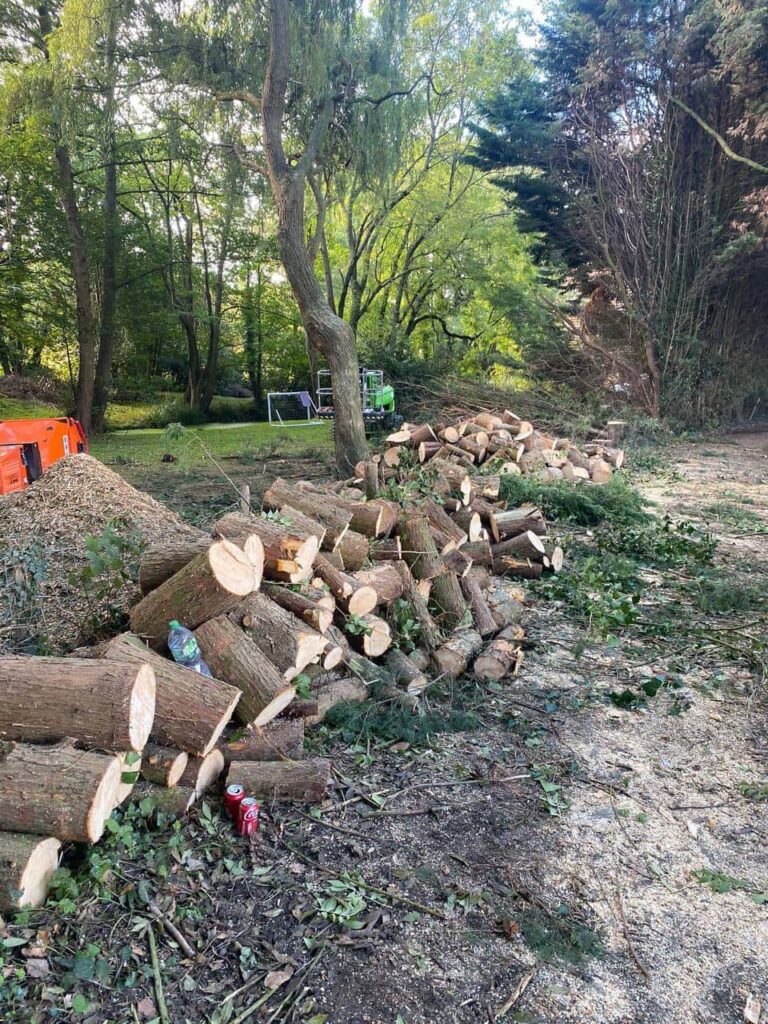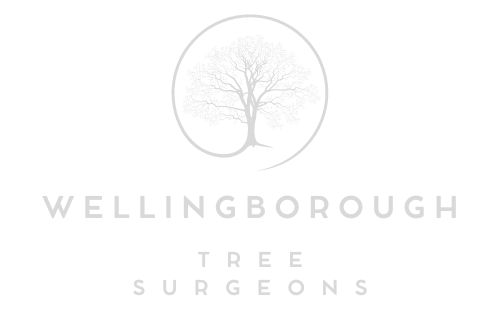Stump Grinding: Understanding the Impact on Surrounding Vegetation
Introduction: Stump grinding is a popular method for removing tree stumps from residential and commercial properties, offering a convenient and efficient solution for improving the appearance and functionality of outdoor spaces. However, property owners often wonder about the impact of stump grinding on surrounding vegetation. In this blog post, we’ll explore how stump grinding affects nearby plants, trees, and landscaping features and provide insights into minimising potential impacts for a healthy and thriving landscape.
Nutrient Recycling:
- One of the significant benefits of stump grinding is the recycling of nutrients contained within the tree stump and its roots. As the stump is ground into mulch, organic matter is broken down and returned to the soil, enriching it with essential nutrients such as nitrogen, phosphorus, and potassium. These nutrients nourish surrounding vegetation and promote healthy growth, providing a natural fertilisation effect that benefits nearby plants, trees, and landscaping features.
Enhanced Soil Aeration:
- Stump grinding improves soil aeration by breaking up compacted soil layers and promoting better drainage and root penetration. As the stump is ground down, soil particles are loosened, allowing air, water, and nutrients to penetrate deeper into the soil profile. Improved soil aeration enhances root development and nutrient uptake in nearby plants and trees, resulting in healthier and more resilient vegetation.
Reduced Competition for Resources:
- Tree stumps in the ground can compete with surrounding vegetation for water, nutrients, and sunlight, limiting their growth and vitality. Stump grinding eliminates this competition by removing the stump and its root system, allowing nearby plants and trees to thrive without interference. With reduced resource competition, surrounding vegetation can access more resources and maximise its growth potential, creating a lush and vibrant landscape.
Prevention of Disease Spread:
- Tree stumps left untreated can serve as hosts for fungal pathogens, pests, and diseases that may spread to nearby plants and trees, causing damage or decline. Stump grinding removes these potential sources of infection, reducing the risk of disease spread and promoting plant health. Property owners can prevent the spread of pests and pathogens by eliminating diseased or infested stumps and maintaining a disease-free landscape.
Aesthetic Improvement:
- Beyond its practical benefits, stump grinding enhances outdoor spaces’ aesthetic appeal by eliminating unsightly stumps and creating a clean and polished appearance. Removing tree stumps from the landscape allows for better landscaping design and outdoor space utilisation, enhancing curb appeal and property value. With a visually pleasing landscape free of tree stumps, property owners can create an inviting and attractive environment for residents, visitors, and passersby.
Conclusion: Stump grinding offers numerous benefits for surrounding vegetation, including nutrient recycling, enhanced soil aeration, reduced competition for resources, prevention of disease spread, and aesthetic improvement. Property owners can make informed decisions about stump removal and maintenance practices by understanding the positive impact of stump grinding on nearby plants, trees, and landscaping features. With its ability to promote plant health, enhance landscape aesthetics, and support overall property value, stump grinding is a valuable tool for maintaining a healthy and thriving outdoor environment.
Call us on: 01933 823 193
Click here to find out more about Wellingborough Tree Surgeons
Click here to complete our contact form and see how we can help with your tree’s needs.

